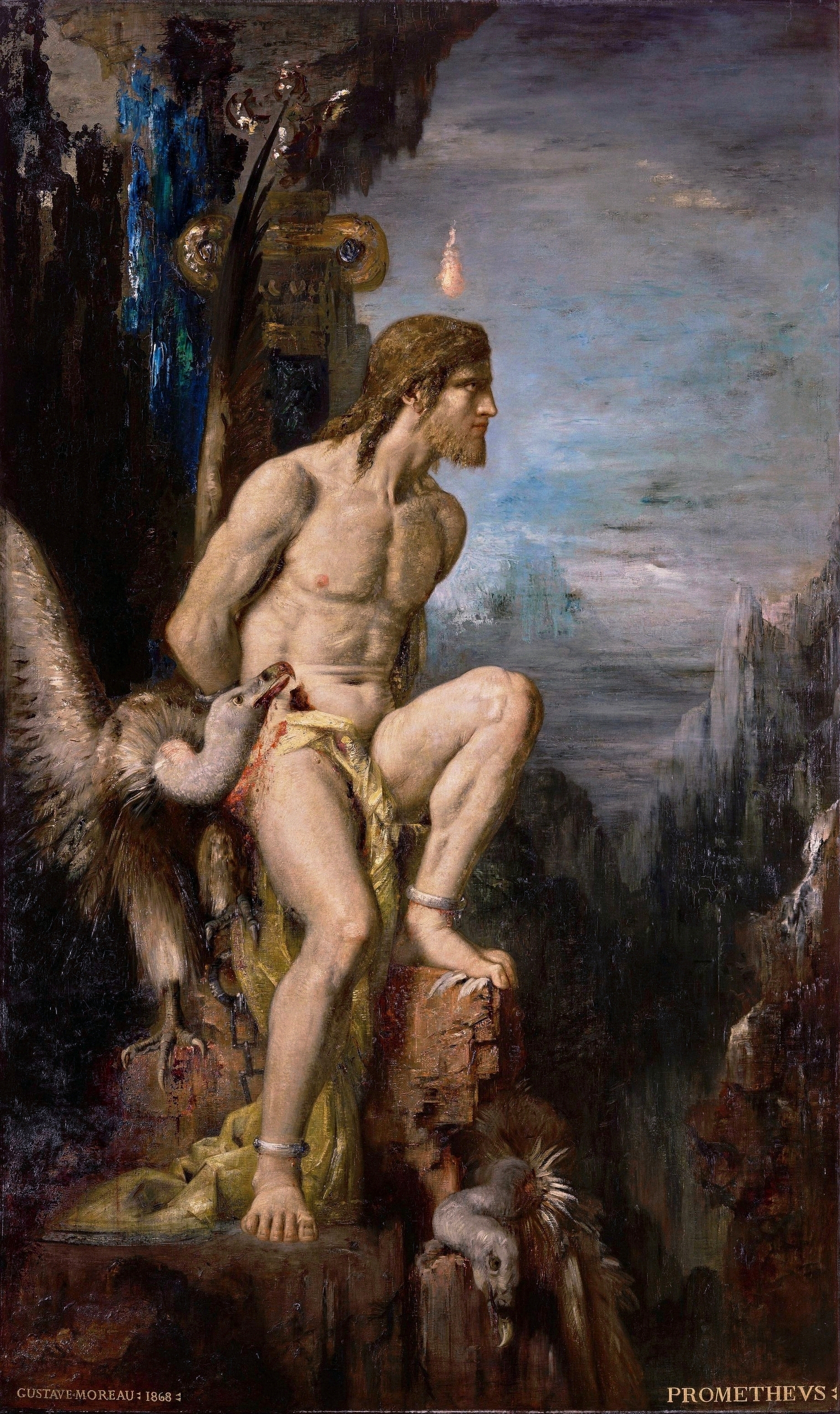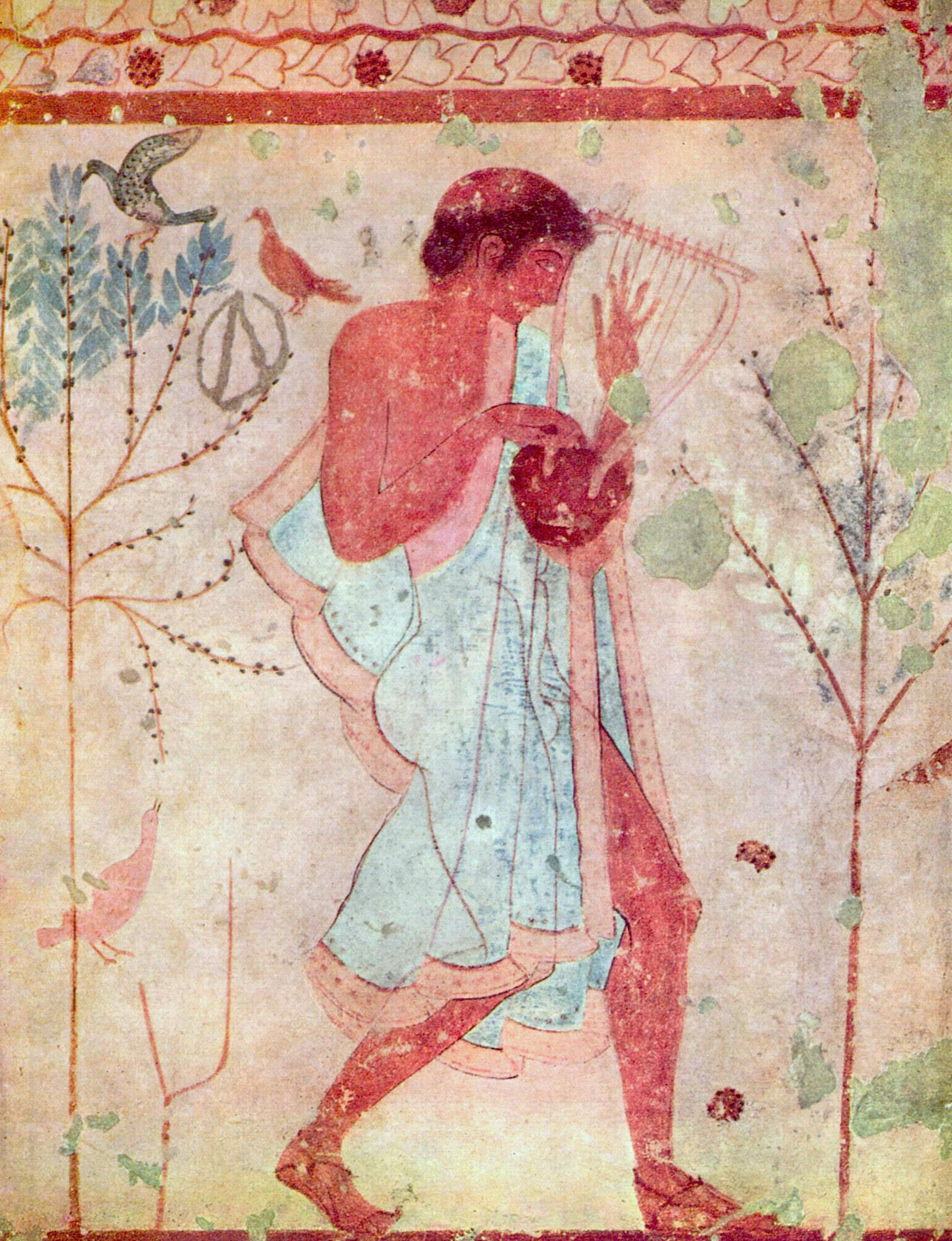|
List Of Compositions By Franz Liszt (S
Hungarian Romantic composer Franz Liszt (1811–1886) was especially prolific, composing more than 700 works. A virtuoso pianist himself, much of his output is dedicated to solo works for the instrument and is particularly technically demanding. The primary cataloguing system for his compositions was developed by Humphrey Searle; it has been thoroughly revamped by Michael Short and Leslie Howard. Legend The table below gives the following information for works by Franz Liszt (where applicable): # S. — numbering as given in Humphrey Searle, ''The Music of Liszt'', 1966 (with additions by Sharon Winklhofer and Leslie Howard). A number sign (#) signifies that a number is no longer in use. # LW. — numbering by R. Charnin Mueller and M. Eckhardt referenced in '' Grove Music Online'' (2010) # Title — normally following the New Liszt Edition' and Library of Congress', as well as other authoritative sources # Forces — the instrumentation used (seAbbreviations for Instruments ... [...More Info...] [...Related Items...] OR: [Wikipedia] [Google] [Baidu] |
Die Ideale
' ("The Ideals"), S. 106, is a symphonic poem composed by Franz Liszt in 1856–1857 and published in 1858 as No. 12. It was first performed on 5 September 1857. Die Ideale was composed for the unveiling of a Goethe and Schiller monument on Sept. 5th, 1857. It was inspired by multiple passages of the poem of the same name by Schiller, which Liszt liberally rearranged to create a program to his liking. This is an example of the extreme to which Liszt went to create the programmatic atmosphere of his Symphonic Poems. References External links * Symphonic poems by Franz Liszt 1857 compositions {{classical-composition-stub ... [...More Info...] [...Related Items...] OR: [Wikipedia] [Google] [Baidu] |
Hunnenschlacht (Liszt)
' (The Battle of the Huns), S.105, is a symphonic poem by Franz Liszt, written in 1857 after a painting of the same name by Wilhelm von Kaulbach. Liszt conducted the premiere himself in Weimar on 29 December 1857. The painting depicts the battle of the Catalaunian Fields around 20 June 451 AD, where the Hun armies led by Attila fought a savage battle against a Roman coalition led by Roman General Flavius Aëtius and the Visigothic king Theodoric. According to legend, the battle was so ferocious that the souls of the dead warriors continued their fighting in the sky as they rose to Heaven. Structure The first section of the piece, marked ' carries Liszt's instruction: "Conductors: the entire colour should be kept very dark, and all instruments must sound like ghosts." Liszt achieves much of this effect by scoring the entire string section to play with mutes, even in ''fortissimo'' passages. This section depicts an atmosphere of foreboding and suppressed rage before the b ... [...More Info...] [...Related Items...] OR: [Wikipedia] [Google] [Baidu] |
Hamlet (Liszt)
''Hamlet'', S.104, is a symphonic poem by Franz Liszt, written in 1858 and published as No. 10. It was not performed until 2 July 1876. Like all but one of Liszt's 13 symphonic poems, ''Hamlet'' was written while Liszt was working in Weimar and is dedicated to Carolyne zu Sayn-Wittgenstein Princess Carolyne zu Sayn-Wittgenstein (8 February 18199 March 1887) was a Polish noblewoman (''szlachcianka'') who is best known for her 40-year relationship with musician Franz Liszt. She was also an amateur journalist and essayist. It is co .... After viewing Bogumil Dawison play Hamlet in Weimar (1856), Liszt wrote: "He does not make him into an indecisive dreamer who collapses under the power of his mission, as he is regarded since Goethe's theory in ''Wilhelm Meister'', but much more as a gifted, enterprising prince with important political views who is waiting for the right moment to complete his work of revenge and come to the aim of his ambition, that is, to be crowned king in pla ... [...More Info...] [...Related Items...] OR: [Wikipedia] [Google] [Baidu] |
Hungaria (Liszt)
Franz Liszt wrote his symphonic poem ''Hungaria'' in 1854, basing it partly on the Heroic March in the Hungarian Style for piano which he wrote in 1840. It was premiered under Liszt's baton at the Hungarian National Theater in Budapest on September 8, 1856, where it achieved an enormous success. "There was better than applause," the composer later wrote. "All wept, both men and women!"Quoted in Walker, ''Weimar'', 407. He was reminded with that scene of the proverb that "tears are the joy of the Hungarians." Structure ''Hungaria'' has no programme and is best considered a Hungarian Rhapsody on an extended scale. After a short introduction, marked ''Largo con duolo'', the main theme of the March in the Hungarian Style appears on clarinets, bassoon The bassoon is a woodwind instrument in the double reed family, which plays in the tenor and bass ranges. It is composed of six pieces, and is usually made of wood. It is known for its distinctive tone color, wide range, versatility, ... [...More Info...] [...Related Items...] OR: [Wikipedia] [Google] [Baidu] |
Héroïde Funèbre (Liszt)
', S. 102, is a symphonic poem written by Franz Liszt in 1850 and published in 1857 as No. 8. The work originated as the first movement of a planned ''Revolutionary Symphony'' inspired by the July Revolution. Liszt pays homage in this programmatic symphonic poem to the soldiers and men that died fighting in revolutionary efforts. The composition of this piece was started in 1830 as a brief sketch for a full symphony, but was dropped by Liszt in the continuing of other works. However, in 1848, there was an uprising in Liszt's home country of Hungary. One of Liszt's friends was killed during this revolution, which caused Liszt to revisit his now 20 year old sketch of the Revolutionary Symphony, shortening it and forming the first movement into the commemorative ''Héroïde funèbre''. Liszt said of the program, "In these successive wars and carnages, sinister sports, whatever be the colours of the flags which rise proudly and boldly against each other, on both sides they float soak ... [...More Info...] [...Related Items...] OR: [Wikipedia] [Google] [Baidu] |
Festklänge (Liszt)
''Festklänge'', S. 101, is the seventh symphonic poem by Franz Liszt. Written in 1853 during Liszt's time in Weimar Weimar is a city in the state of Thuringia, Germany. It is located in Central Germany between Erfurt in the west and Jena in the east, approximately southwest of Leipzig, north of Nuremberg and west of Dresden. Together with the neighbouri ..., it was first performed on 9 November 1854 and was published in 1857. The German title means "festive sounds", and Liszt had intended the piece to be played at his wedding to Princess Carolyne zu Sayn-Wittgenstein. References External links * Symphonic poems by Franz Liszt 1853 compositions {{classical-composition-stub ... [...More Info...] [...Related Items...] OR: [Wikipedia] [Google] [Baidu] |
Mazeppa (symphonic Poem)
''Mazeppa'' is a symphonic poem (German: ''Symphonische Dichtung'') composed by Franz Liszt between the years 1851 to 1854 for orchestra. ''Mazeppa'', '' S. 100'', is the sixth in the cycle of twelve symphonic poems written during Liszt's time in Weimar, however a thirteenth composition was added to his collection in 1882. ''Mazeppa'' is based on the poem of the same title written by Victor Hugo in 1829. The work premiered at the Court Theatre in Weimar on April 16, 1854. History At the age of fifteen (1826), Liszt published twelve piano pieces titled ''Étude en 48 exercises dans les tons majeur et mineurs''. In 1838, he revisited these compositions and republished the collection with a new title, ''24 Grandes études''. Seven years later (1840), Liszt reworked the fourth étude and titled it ''Mazeppa''. This reimagined étude was reworked to express the elements of Victor Hugo's poem from the 1829 collection ''Les Orientales''. ''Mazeppa'' was reworked for a final time in 18 ... [...More Info...] [...Related Items...] OR: [Wikipedia] [Google] [Baidu] |
Prometheus (Liszt)
Franz Liszt composed his Prometheus in 1850, numbering it No. 5 in his cycle of symphonic poems when he revised it in 1855. The work is based on the Greek myth detailing the Titan Prometheus' theft of fire from the gods and is numbered S.99 in the Searle catalogue. Overview Composition In 1850, Franz Liszt composed an overture and eight choruses with orchestra accompaniment for Johann Gottfried Herder's ''Der entfesselte Prometheus'' (''Prometheus Unbound''), a mythological work of thirteen scenes meant as a sequel to Aeschylus's ''Prometheus Bound''. This was to be performed for the Herder Festival scheduled for August of that year in Weimar.Shulstad, 209. Liszt gave indications for the orchestration, and from these notes Liszt's helper Joachim Raff produced a score which was used in the first performance. This concert commemorated the unveiling of a monument to Herder on 24 August 1850. In 1855 Liszt revised both the overture and the choruses, added new instruments, mainl ... [...More Info...] [...Related Items...] OR: [Wikipedia] [Google] [Baidu] |
Orpheus (Liszt)
''Orpheus'' is a symphonic poem written by Franz Liszt in 1853–54. He numbered it No. 4 in the cycle of 12 he wrote during his time in Weimar, Germany. It was first performed on 16 February 1854, conducted by the composer, as an introduction to the first Weimar performance of Christoph Willibald Gluck's opera ''Orfeo ed Euridice''.Searle, 291. The performance helped celebrate the birthday of Weimar's Grand Duchess Maria Pavlovna, who was an amateur musician and a staunch supporter of Liszt at Weimar.Shulstad, 208. Overview Program ''Orpheus'' is one of four symphonic poems Liszt composed as character sketches of men of creative genius, heroism or legend. (The other three poems are '' Tasso'', ''Prometheus'' and '' Mazeppa''.) In his preface Liszt describes an Etruscan vase depicting Orpheus, then extols civilizing effect on humanity. This reference to the ennobling effect of Orpheus and his art may have been derived from the Orpheus depicted by the French philosopher Pierre ... [...More Info...] [...Related Items...] OR: [Wikipedia] [Google] [Baidu] |
Les Préludes
' ("Preludes" or "The Beginnings"), S.97, is the third of Franz Liszt's thirteen symphonic poems. The music was composed between 1845–54, and began as an overture to Liszt's choral cycle ' (The Four Elements), then revised as a stand-alone concert overture, with a new title referring to a poem by Alphonse de Lamartine. Its premiere was on 23 February 1854, conducted by Liszt himself. The score was published in 1856 by Breitkopf & Härtel. ' is the earliest example of an orchestral work entitled "Symphonic Poem" (German: or French: ). Genesis ''Les préludes'' is the final revision of an overture initially written for a choral cycle '' Les quatre élémens'' (The Four Elements, 1844–48), on 4 poems by the french author Joseph Autran: La Terre (The Earth), Les Aquilons (The north Winds), Les Flots (The Waves), Les Astres (The Stars). The chorus ''Les Aquilons'' was composed and created in a version for male chorus with 2 pianos accompaniment in Marseille in 1844, and the ... [...More Info...] [...Related Items...] OR: [Wikipedia] [Google] [Baidu] |




